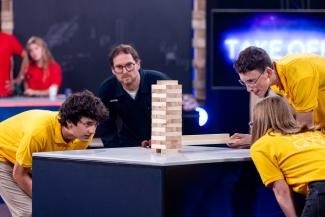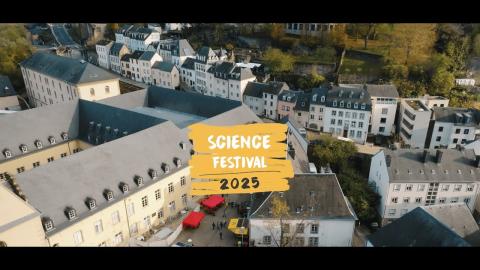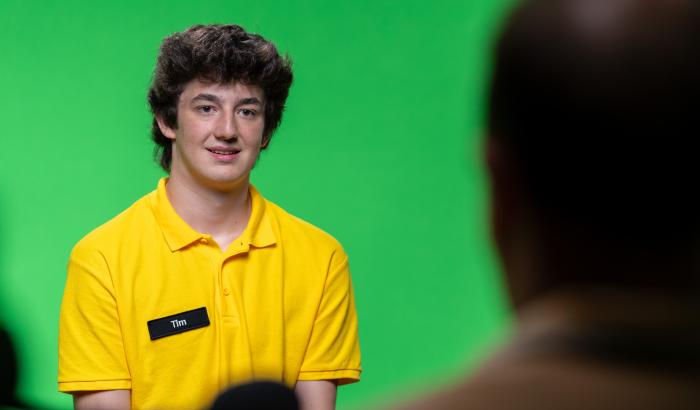
Freelens
The maze game from the show
What is this challenge about?
In this challenge, the participants have to build a maze by placing the walls in such a way that they form the correct solution.
Here are the rules of the wall game:
- The aim is to place the walls so that the number of steps from a marked square to the exit matches the number given. The numbers therefore represent the number of steps required to reach the exit.
- Squares with numbers may also be walked on.
- The number of walls is freely available to the participant. The outer walls may not be changed.
- Only the shortest path to the exit counts.
- Movement in the grid is only possible vertically and horizontally.
The wall game from the show:
Another example:
Infobox
It is best to start with the smallest number, as this does not create as many possibilities. Once you have built the first path, the subsequent paths are easier.
Solution to the second grid:
The wall game from the 2nd episode, to download and print!
Do you want to know how the participants from the show solved the Wall Game?
Then take a look at episode 2! (The duel starts at minute 26:30)
What is the scientific background to this challenge?
Maze games are used in various situations, often with the aim to test thinking, orientation and problem-solving skills.
In the corporate world, for example, maze games are used in workshops to strengthen teamwork and communication. And in robotics and AI research, mazes are a classic problem for developing algorithms.
Here are a few goals of maze games:
- To test the participants' ability to concentrate
- To train problem-solving and decision-making skills: finding the right path requires planning and testing different routes, which requires logical thinking and flexibility
- Spatial perception and orientation
- Frustration tolerance and perseverance: solving mazes can require patience; participants have to deal with setbacks
In the medical field, they are used in occupational therapy or cognitive rehabilitation to support patients.
A few impressions from the first episode



Author: Diane Bertel
Editor: Lucie Zeches (FNR)
Foto credits: Emmanuel Claude



